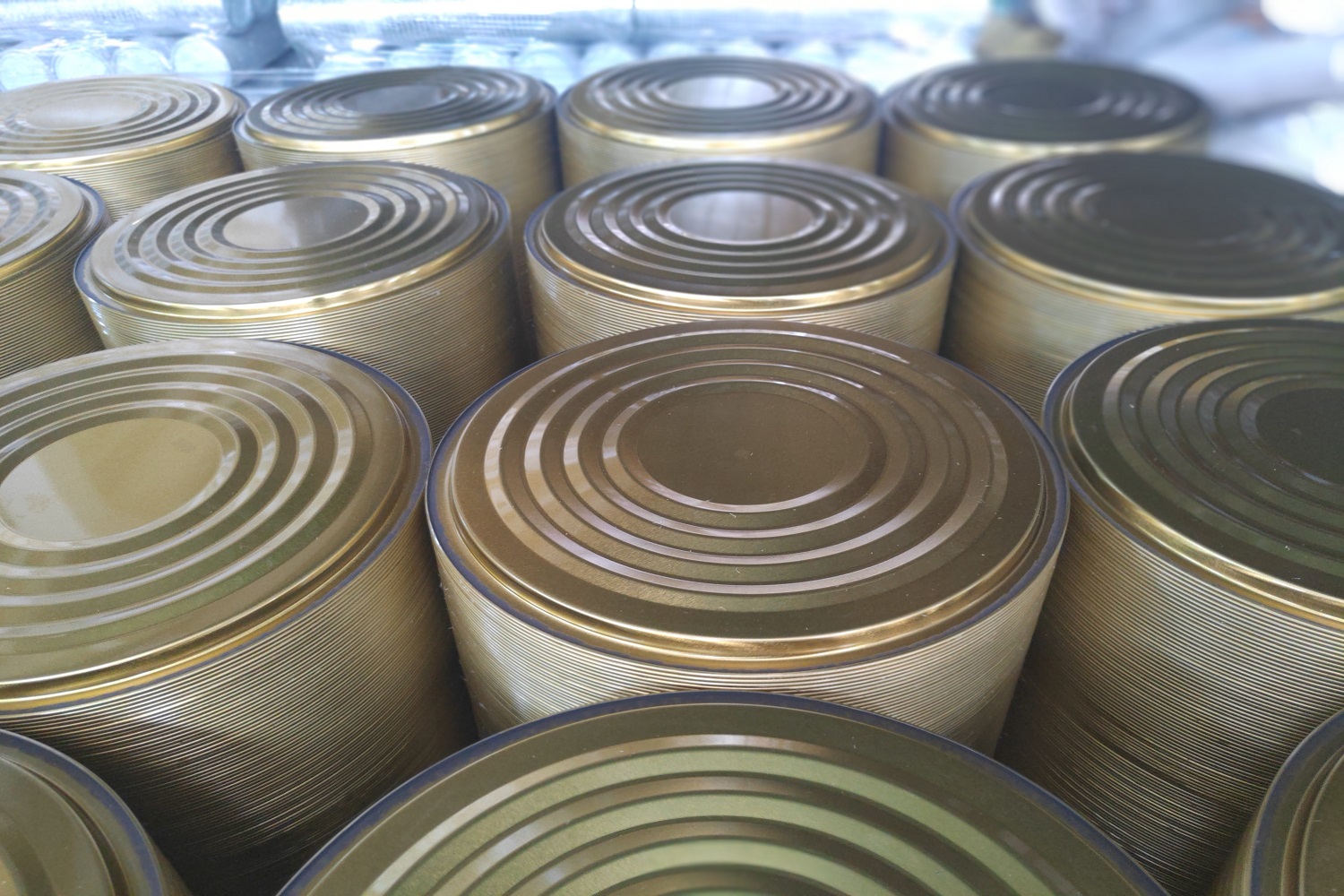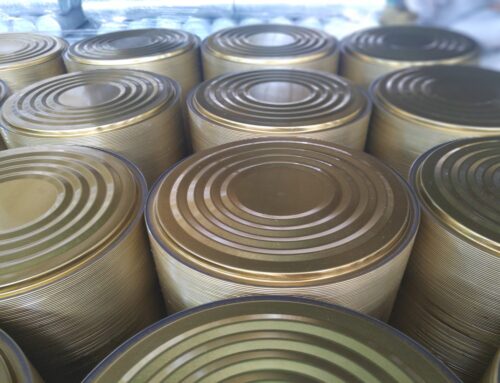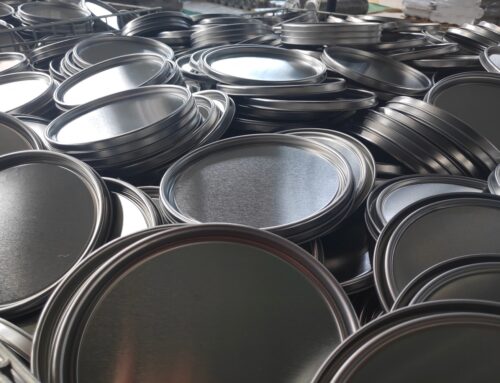Optimizing the Adhesive Injection Process for Can Lid Sealing
Can Lid Adhesive Injection: Process & Quality Control
Process Overview
Can lid production involves three key stages: stamping → adhesive injection → drying. The adhesive injection phase ensures hermetic sealing, a critical factor in preserving canned contents.
Quality Control Requirements
The adhesive film must meet four essential criteria:
1. Precise adhesive volume (measured by weight/volume)
2. Uniform circumferential distribution
3. Proper radial alignment
4. Zero visible gaps or defects

Fluid Dynamics in Sealing
Effective double-roll sealing requires controlled adhesive flow to fill micro-gaps between metal surfaces. Both insufficient and excessive flow cause sealing failures:
– Insufficient flow: Creates voids in seal structure
– Excessive flow: Causes adhesive extrusion & weakens bond
Long-Term Seal Integrity
The adhesive must maintain compressive flow throughout the product lifecycle to:
– Withstand impacts during transportation
– Preserve seal integrity under normal handling
– Compensate for minor metal surface irregularities
Failure Consequences
Deviation from these standards risks:
✖️ Immediate sealing defects
✖️ Premature seal degradation
✖️ Product contamination/spoilage




